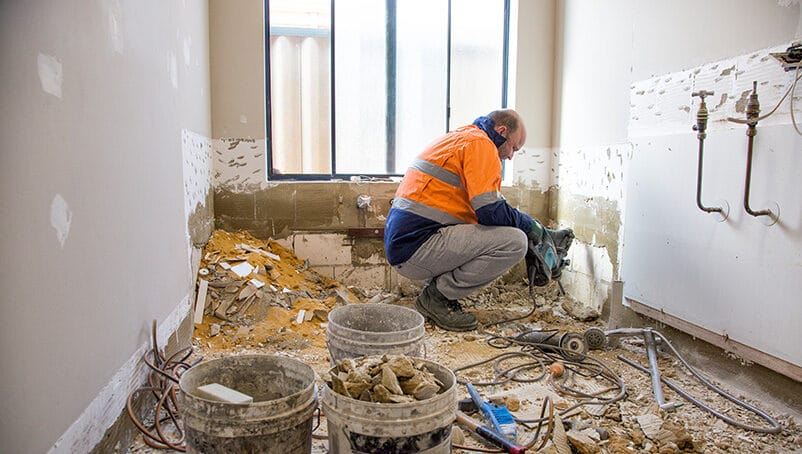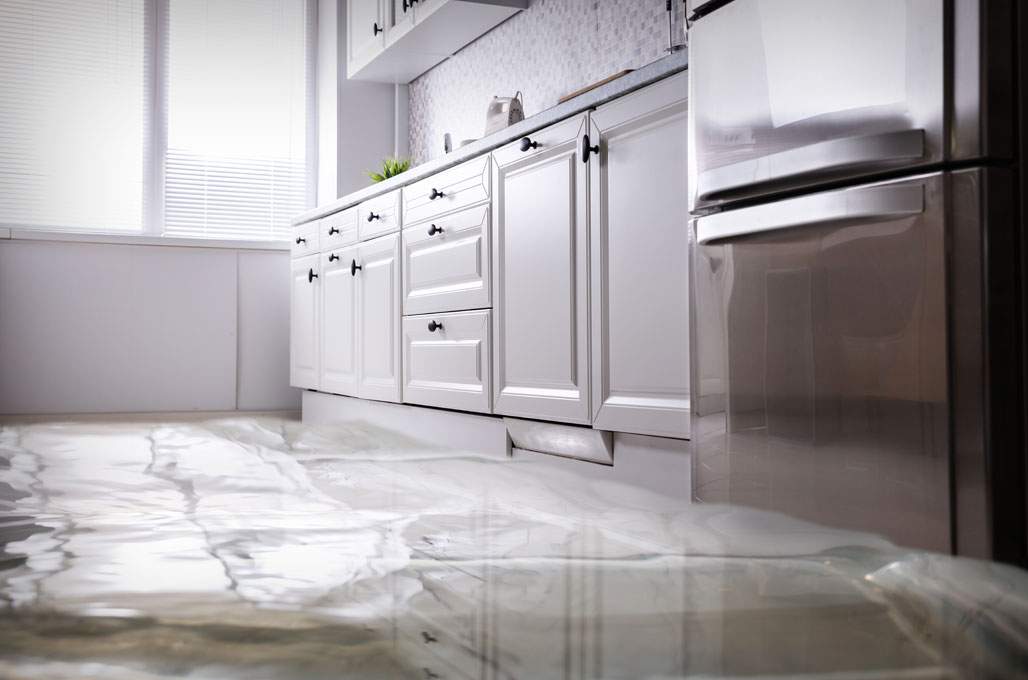The Refine of Water Damage Cleanup: Guaranteeing Your Home Is Restored Efficiently
Water damages can be a challenging obstacle for property owners, demanding a organized and careful cleaning process to recover security and performance. A comprehensive evaluation is important to recognize the extent of the damages and establish the suitable removal measures. Following this, effective water extraction strategies play a critical duty in mitigating additional harm. Nevertheless, the subtleties of drying, sanitizing, and ultimate remediation are equally crucial and frequently overlooked. Recognizing these stages can make a substantial difference in the result of your home's reconstruction, motivating a closer take a look at what each step entails.
Assessing the Damage
Upon finding water damages, the initial step is to extensively analyze the level of the effect. This first examination is important, as it helps identify the essential steps for effective cleanup and reconstruction. Begin by checking the influenced areas, consisting of walls, ceilings, floors, and personal valuables, to recognize the source of the water invasion, whether from flooding, leaks, or condensation.
Recording the damages is important for both insurance cases and planning remediation efforts - damage restoration services. Usage photographs and created notes to capture the severity of the damage, keeping in mind any type of afflicted architectural components and materials. Pay special attention to areas that may not be right away visible, such as behind wall surfaces and under carpets, as hidden dampness can result in further problems, including mold development
In addition, analyze the timeline of the water direct exposure. The longer the materials continue to be wet, the better the possibility for damages. Recognizing the period of exposure will educate the urgency of remediation efforts. Eventually, a thorough evaluation lays the foundation for a successful water damage cleanup procedure, ensuring that all influenced areas are attended to effectively and completely.
Water Extraction Techniques

Specialists generally employ submersible pumps for bigger quantities of water, which can swiftly alleviate flooding in cellars or other impacted locations. For smaller quantities, wet/dry vacuum cleaners are typically made use of to draw out recurring dampness from carpetings and hard surface areas. In addition, using portable extractors enables for targeted removal in restricted rooms or locations with delicate products.
In circumstances of contaminated water, such as sewage or floodwater, progressed extraction methods may include using biohazard tools to ensure safety and security and conformity with health policies. High-powered removal tools are essential in lessening water retention in architectural materials, which can bring about mold and mildew growth and structural damage otherwise resolved without delay.
Inevitably, the performance of water extraction methods plays a crucial function in the general success of the water damages clean-up process, laying the groundwork for subsequent reconstruction initiatives.
Drying and Dehumidification
Once standing water has actually been efficiently removed, the following important phase in the water damages cleanup process is drying and dehumidification. This step is necessary to prevent additional damage and mold growth, which can occur within 24 to two days in wet atmospheres.
To attain efficient drying, specific devices such as industrial-grade air movers and dehumidifiers is employed. Air moving companies flow air throughout wet surface areas, enhancing evaporation prices, while dehumidifiers decrease humidity degrees in the air, advertising a helpful environment for drying. The combination of these tools ensures that moisture is extracted from floors, home furnishings, and wall surfaces, enabling them to dry extensively.
It is essential to keep an eye on the drying procedure carefully. Specialists often use moisture meters to examine the dampness content in numerous products, making certain that all affected locations reach appropriate dry skin levels. This careful method aids to avoid covert dampness pockets that might bring about architectural damage or undesirable mold development.

Cleansing and Sanitizing
After the drying out and dehumidification stage is complete, the following important action in water damage cleanup is cleansing and disinfecting the influenced areas. This process is important to avoid the development of mold and mildew, bacteria, and various other virus that flourish in damp environments.
The cleaning stage normally involves eliminating any particles, dust, and pollutants from surfaces using specialized cleansing representatives. For difficult surface areas, a combination of soap and water or industrial cleaning products is often utilized. Soft products, such as upholstery and carpets, may need more comprehensive cleaning techniques, including vapor cleansing or deep extraction strategies, to make sure detailed hygiene.

Disinfecting complies with cleaning, using EPA-approved anti-bacterials to get rid of harmful microbes. This action is essential, specifically in locations that might have entered into call with floodwaters or sewer, as these sources can position significant health and wellness threats.
Furthermore, it is essential to address any type of continuing to be odors, which may require making use of smell neutralizers or advanced techniques like ozone treatment. Appropriate cleaning and sterilizing not just water damage restore the safety and hygiene of your home however likewise lay the foundation for effective restoration and fixings in subsequent phases of the water damage cleaning procedure.
Remediation and Repair Work

Once the analysis is total, repair efforts can start. This normally entails fixing or replacing broken products, guaranteeing that all job adheres to regional building ordinance and criteria. If drywall has actually been compromised, it will need to be eliminated and replaced with brand-new material. In addition, floor covering might call for comparable interest, depending upon the level of water direct exposure.
It is critical to involve knowledgeable restoration professionals during this process, as they possess the know-how to take care of complicated repairs efficiently. They can assist mitigate prospective future issues, such as mold and mildew growth or architectural instability, thus ensuring a habitable and safe living atmosphere. Ultimately, effective repair and fixings recover the home's stability and improve its total worth.
Verdict
Finally, the procedure of water damages clean-up is vital for restoring a home to its pre-damage problem. Each phase, from examining the damage to implementing effective water removal strategies, followed by complete drying, sterilizing, and essential fixings, plays a crucial duty in making sure safety and conformity with structure standards. Effective implementation of these actions not only reduces prompt damages yet likewise boosts the lasting integrity and value of the building.
Water damage can be an overwhelming difficulty for homeowners, requiring a organized and meticulous cleanup process to restore safety and security and functionality. Inevitably, a thorough evaluation lays the groundwork for an effective water damages clean-up procedure, guaranteeing that all affected locations are addressed effectively and thoroughly.
Efficient water extraction techniques are important in mitigating damage and avoiding further problems following a water breach event.In final thought, the process of water damages clean-up is important for bring back a home to its pre-damage problem. Each stage, from analyzing the damages to executing efficient water removal strategies, followed by extensive drying out, disinfecting, and needed repair work, plays a vital role in ensuring security and compliance with building requirements.